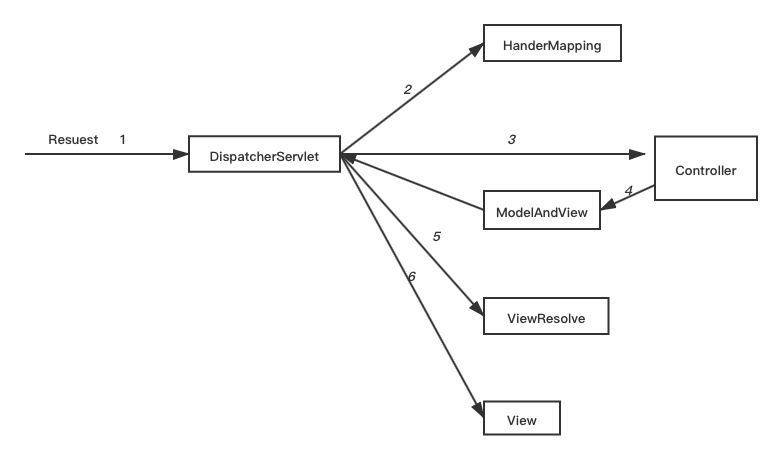allcsvs = list.files(pattern = "*.csv$", recursive = TRUE)
library(tidyverse)
##LOOP to redact the snow data csvs##
for(x in 1:length(allcsvs)) {
df = read.csv(allcsvs[x], check.names = FALSE)
newdf = df %>%
gather(COL_DATE, SNOW_DEPTH, -PT_ID, -DATE) %>%
mutate(
DATE = as.Date(DATE,format = "%m/%d/%Y"),
COL_DATE = as.Date(COL_DATE, format = "%Y.%m.%d")
) %>%
filter(DATE == COL_DATE) %>%
select(-COL_DATE)
####TURN DATES UNAMBIGUOUS HERE####
df$DATE = lubridate::mdy(df$DATE)
finaldf = merge(newdf, df, all.y = TRUE)
write.csv(finaldf, allcsvs[x])
df = read.csv(allcsvs[x])
newdf = df[, -grep("X20", colnames(df))]
write.csv(newdf, allcsvs[x])
}
I am using the code above to populate a new column row-by-row using values from different existing columns, using date as selection criteria. If I manually open each .csv in excel and delete the first column, this code works great. However, if I run it on the .csvs "as is"
I get the following message:
Error: Column 1 must be named
So far I've tried putting -rownames within the parenthesis of gather, I've tried putting remove_rownames %>% below newdf = df %>%, but nothing seems to work. I tried reading the csv without the first column [,-1] or deleting the first column in R df[,1]<-NULL but for some reason when I do that my code returns an empty table instead of what I want it to. In other words, I can delete the rownames in Excel and it works great, if I delete them in R something funky happens.
Here is some sample data: https://drive.google.com/file/d/1RiMrx4wOpUdJkN4il6IopciSF6pKeNLr/view?usp=sharing





